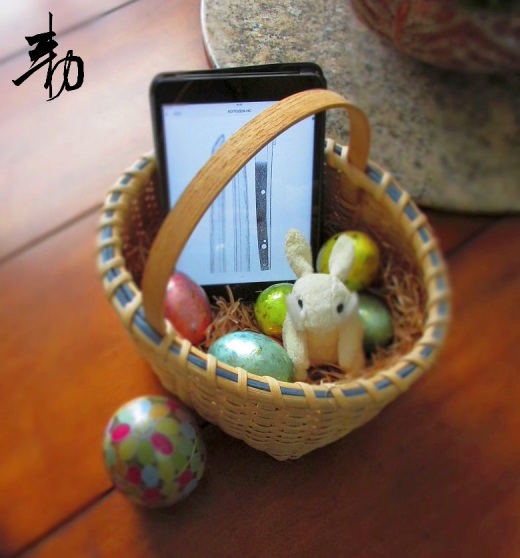Just back from Grand Rapids I want to give you a brief report on the trip and lecture. The lecture was held on Wednesday, April 12, at Grand Valley State University’s L.V. Eberhard Center, starting at 5:30 pm, and it was a general overview of the history of the Japanese sword and how it is made, plus a brief introduction into the practice of cutting tests, tameshigiri. I will provide a transcript of the former part as PDF below.
Transcript-GVSU-Lecture-UnderstandingTheJapaneseSword
The lecture was concluded by me introducing several swords from the Grand Rapids City Archives and Research Center, accompanied by a very good Q&A session. The day prior to the lecture I was given the opportunity to go through the Japanese sword collection of the City Archives and I picked six representative swords for the lecture. The Grand Rapids City Archives and Research Center own about 25 Japanese swords, a Japanese armor, and a few Japanese helmets (e.g. a signed and very good Saotome Iechika [早乙女家親] and a Nobuie dated 1512 but which is probably gimei). The swords I picked were a signed Hizen Dewa Daijô Yukihiro (肥前出羽大掾行広) katana whose koshirae features a nice Nobuie-tsuba, an unsigned mounted Bizen Yoshii (吉井) School katana, a signed Kashû Kanewaka (加州兼若) wakizashi in kyû-guntô mounts, an unsigned mounted kotô naginata-naoshi katana, an unsigned Mino wakizashi with a typical sanbonsugi-hamon in a nice Higo-koshirae, and an unsigned shintô wakizashi that is also nicely mounted.
That said, I want to thank all attendees, the Japanese/Chinese students I met for lunch the day before the lecture, Mr. Alex Forist and Mr. Jared Yax from the Grand Rapids City Archives and Research Center for giving me the opportunity to go through their Japanese collection, and Prof. Meghan Cai from GVSU’s Chinese Faculty for initiating the lecture and for organizing the whole event. ありがとうございます!

Ah, and as Grand Rapids is Beer City USA, I also enjoyed the local craft beers of course 🙂






